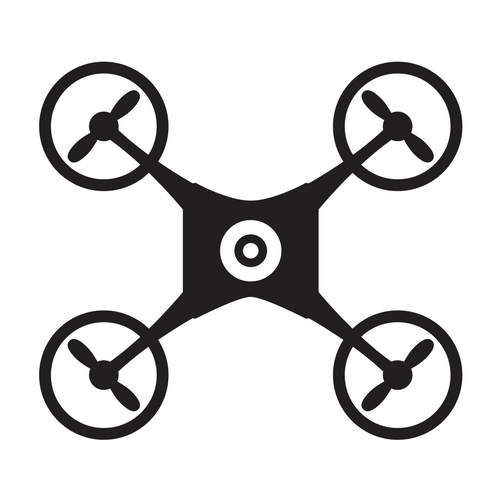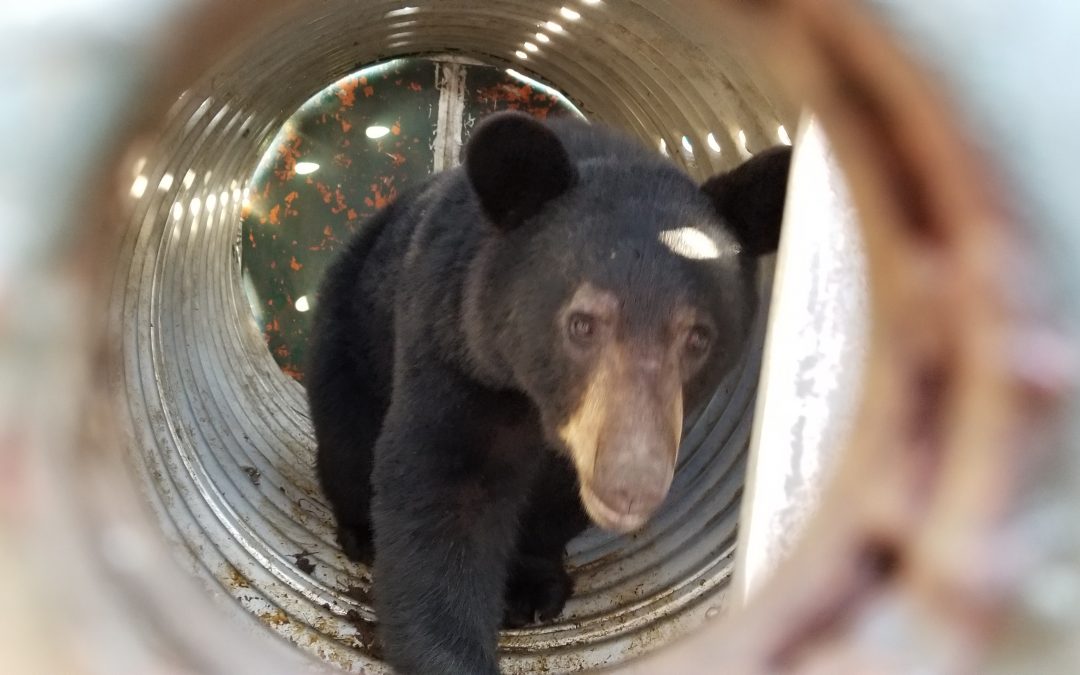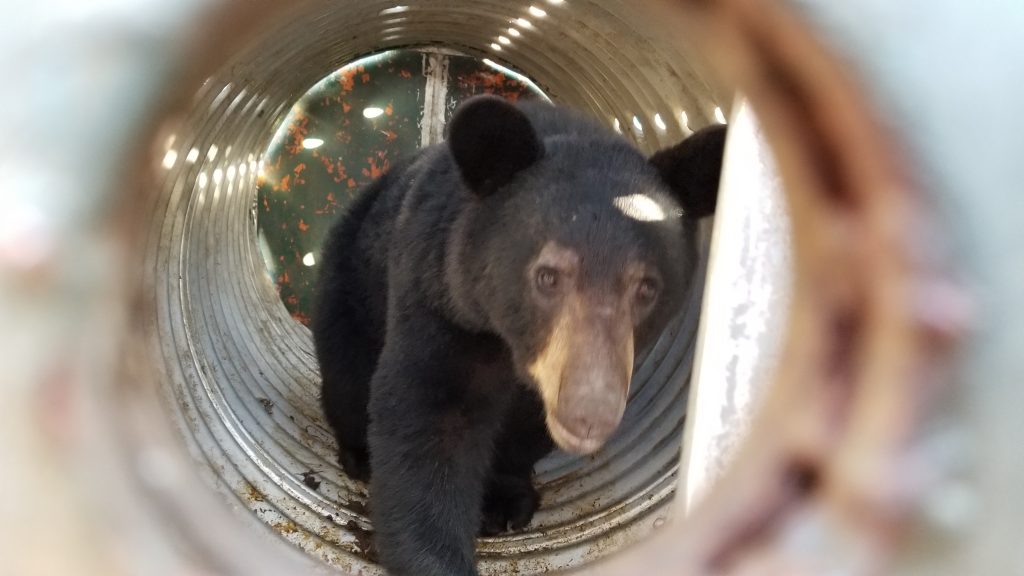We are partnered with David Kocka of Virginia Department of Game and Inland Fisheries (VDGIF) to create a new way to monitor mother bear behaviors. Our team’s main goal is to minimize the time the VDGIF researchers spend locating the bears. The current collars use ultra-high and very-high frequency, along with GPS to locate the bears, which is inefficient and time consuming. We are creating the next generation of animal tracking collars to better understand the behavior of mother bears and other future animals. We also attempt to use the data from the collars to re-home abandoned bear cubs with behaviorally sufficient surrogate mothers.
On average, 20% of all black bear cubs are abandoned each year. This can occur due to human interference, drought, no milk, weather pertaining disasters, and death of the mother. VDGIF currently has six collared mother bears that are possible surrogates for ten abandoned cubs. Cubs are currently matched to mothers based on the size and weight of her current litter, however, the mortality rate of the re-homed orphan bears is about 50%. Unfortunately, unfit mothers may reject the cub after recognizing the cub as not one of her own.
Play this video to see how VDGIF works with bears in the community.
Though they are thought to be notoriously protective of their kin, black bears are actually quite apprehensive to their surroundings. They also play a large role in their ecosystems by eating plants and inadvertently dispersing the plant’s seeds in their waste. One challenge we face is that bear dens change every year, so mothers cannot be tracked using that information alone
The current collar technology often fails, which is why it contains three methods of backup for location technology; GPS, Very High Frequency, and Ultra High Frequency. The GPS, thought to be the most reliable data is analyzed outside of VDGIF, with a third party, and takes a few days for the information to get back to our partner, David Kocka. Ultra High and Very High Frequencies are inefficient as they involve radio waves that are picked up using a receiver that pings as the receiver gets closer to the set coordinates of the bear. The pings can be inaccurate, for they bounce off interfering waves through the dense trees and mountains. The process of finding the signal is difficult, inefficient and time consuming.
Read more in our next article called What The Tech about our technological features.



Recent Comments